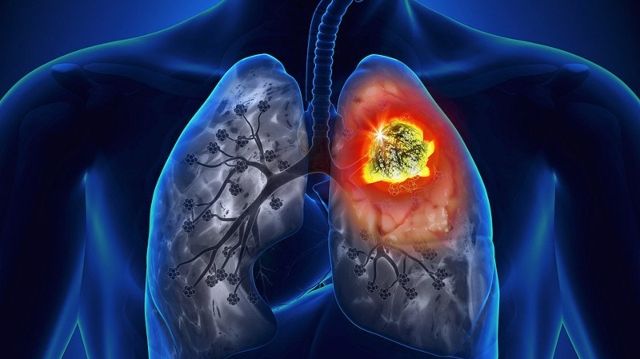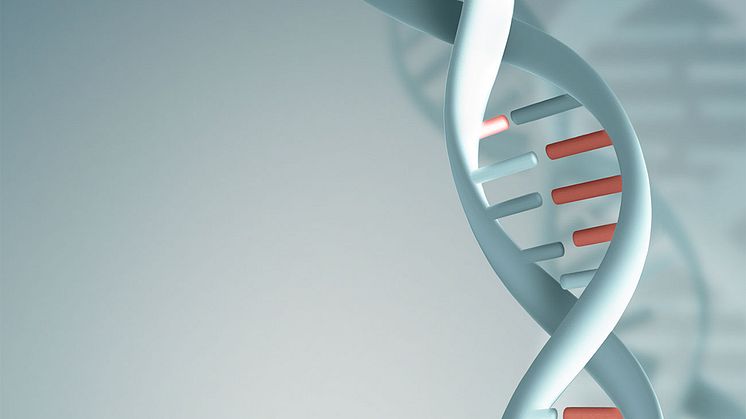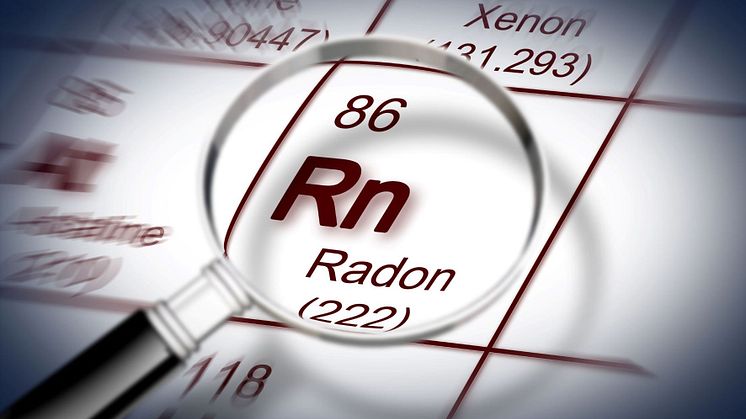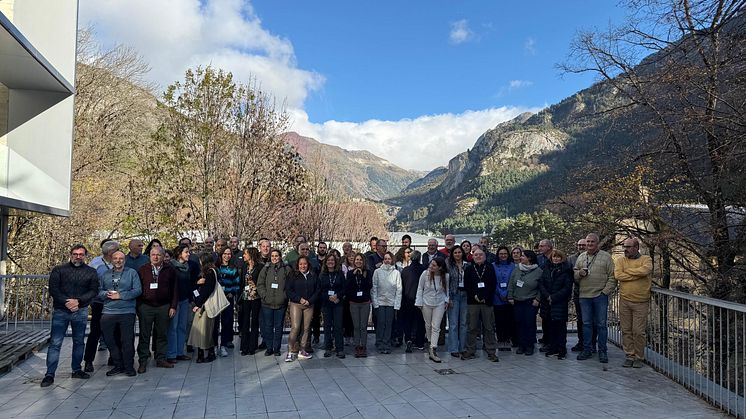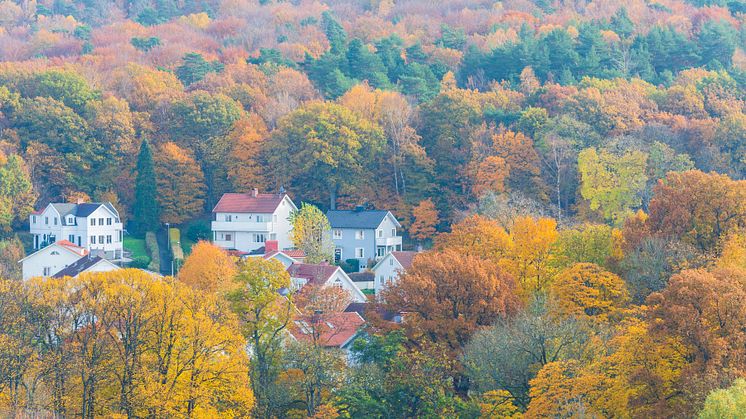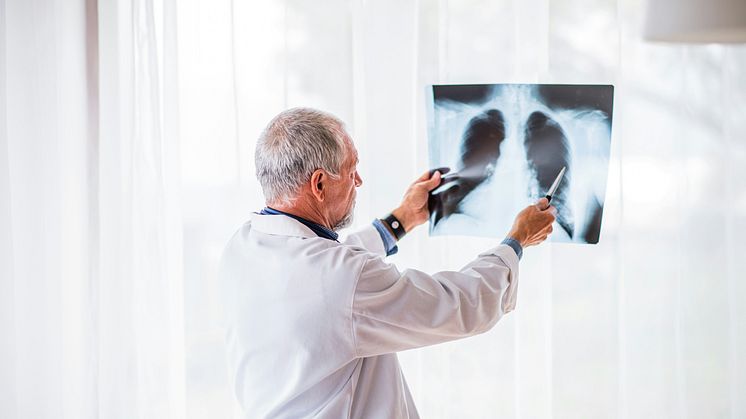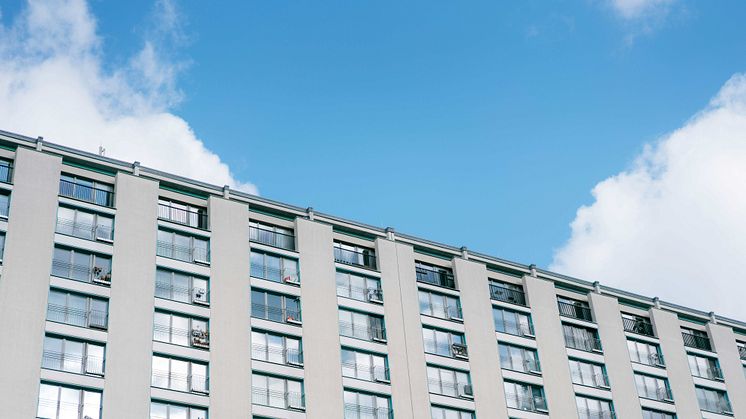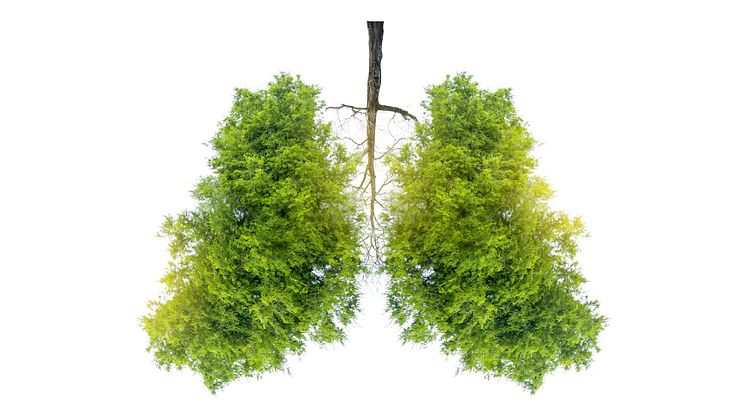
Blog post -
What is radon?
Radon is a natural, radioactive gas where elevated concentrations can pose a serious health risk. In fact, radon is the second most common cause of lung cancer after smoking. Since the gas is invisible and odorless, measurement is the only way to detect elevated radon levels. This applies to apartments, private homes or workplaces. Radon gas can enter buildings through cracks in the foundation or pipe penetrations. In some cases, elevated radon levels can be caused by building materials.
Radon gas is dangerous because of its radioactivity. When radon decays, radioactive particles are formed. When we inhale these particles, they can get stuck in the lungs where they expose the lung tissue to radiation. This radiation can damage the cells' DNA and eventually lead to lung cancer.
How can you protect yourself against radon?
The first step in protecting oneself against radon is to measure the radon level in one’s home or workplace. This can be done with the help of different kinds of radon detectors or instruments that are specifically designed to measure the concentration of radon gas in the air. The measurement should last for at least two months, preferably during the winter months when buildings are typically more tightly sealed.
Measures to reduce the radon level
If high radon levels are detected, there are several methods to reduce them. An effective measure is often to improve the ventilation in the building, which can help reduce the concentration of radon in the indoor air. In some cases, it may be necessary to seal cracks in the foundation or install a radon mitigation system, which is built to remove radon from the ground under the house. If radon is found in the drinking water, it may also need to be mitigated, for example with the help of radon separators.
Long-term exposure to high radon levels is a known risk factor for lung cancer. Therefore, it is important to be aware of radon, carry out measurements, and take the necessary measures to protect the people in their homes and workplaces.
Read more about radon on https://radonovalaboratories.c...




